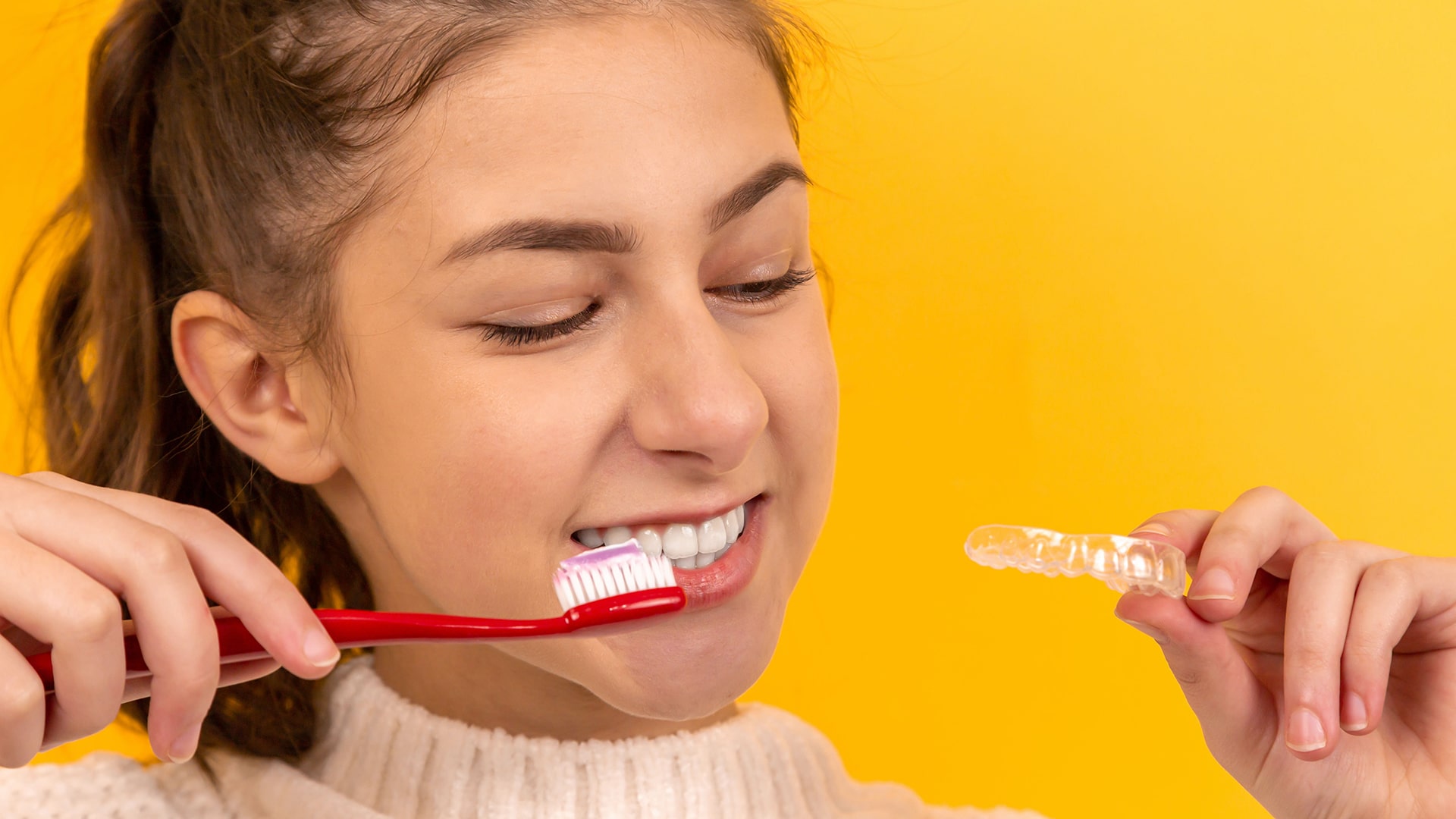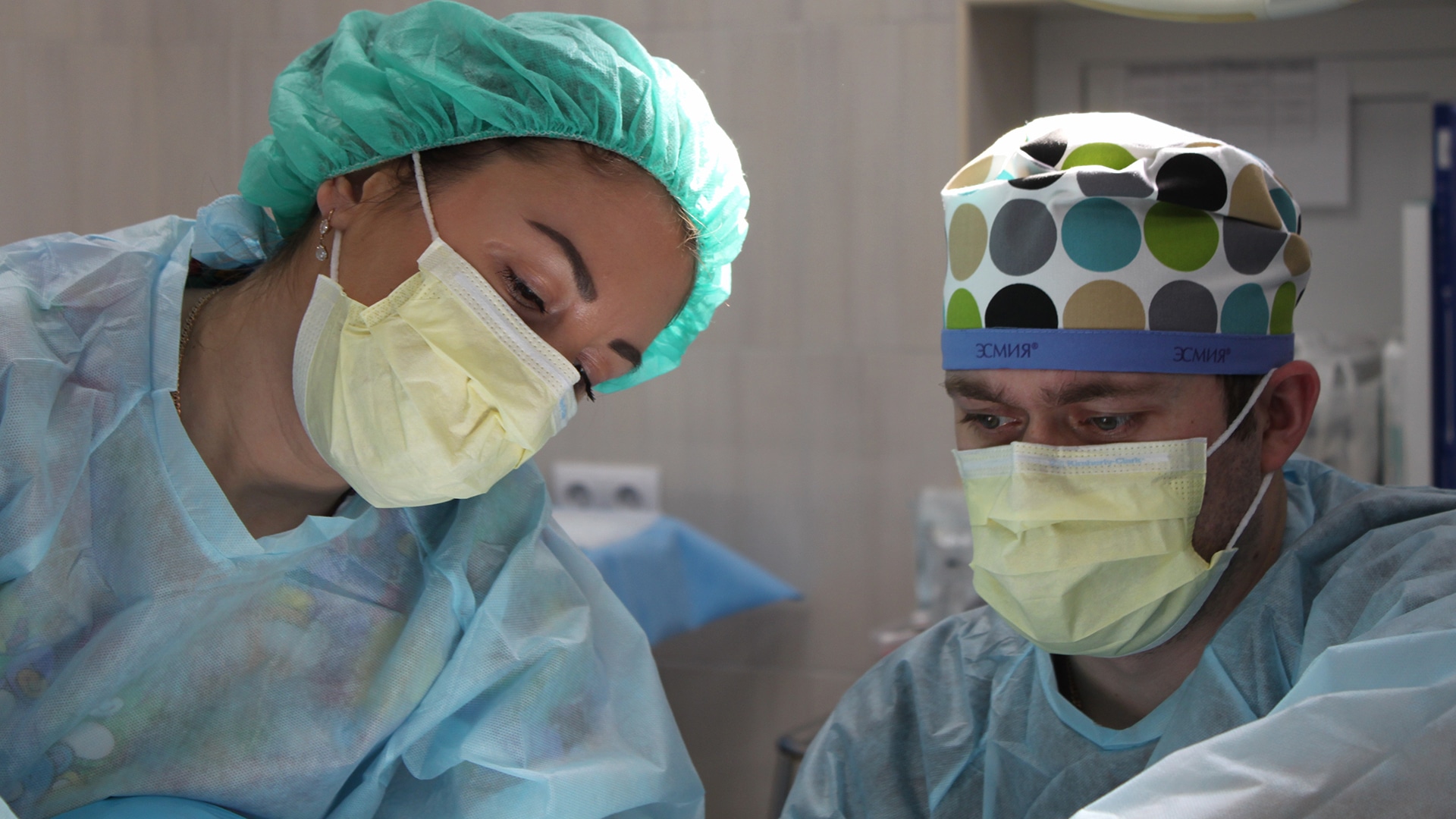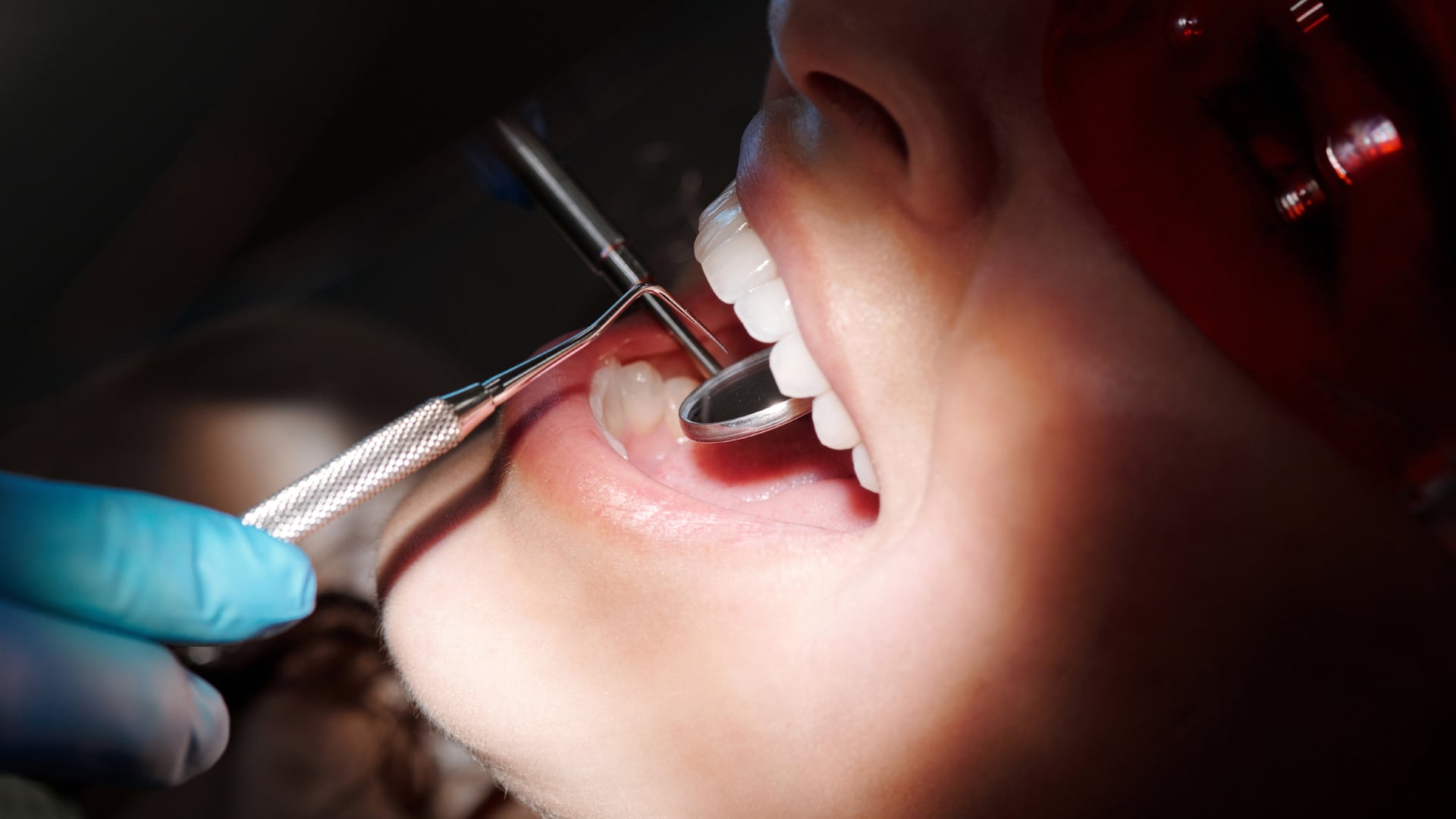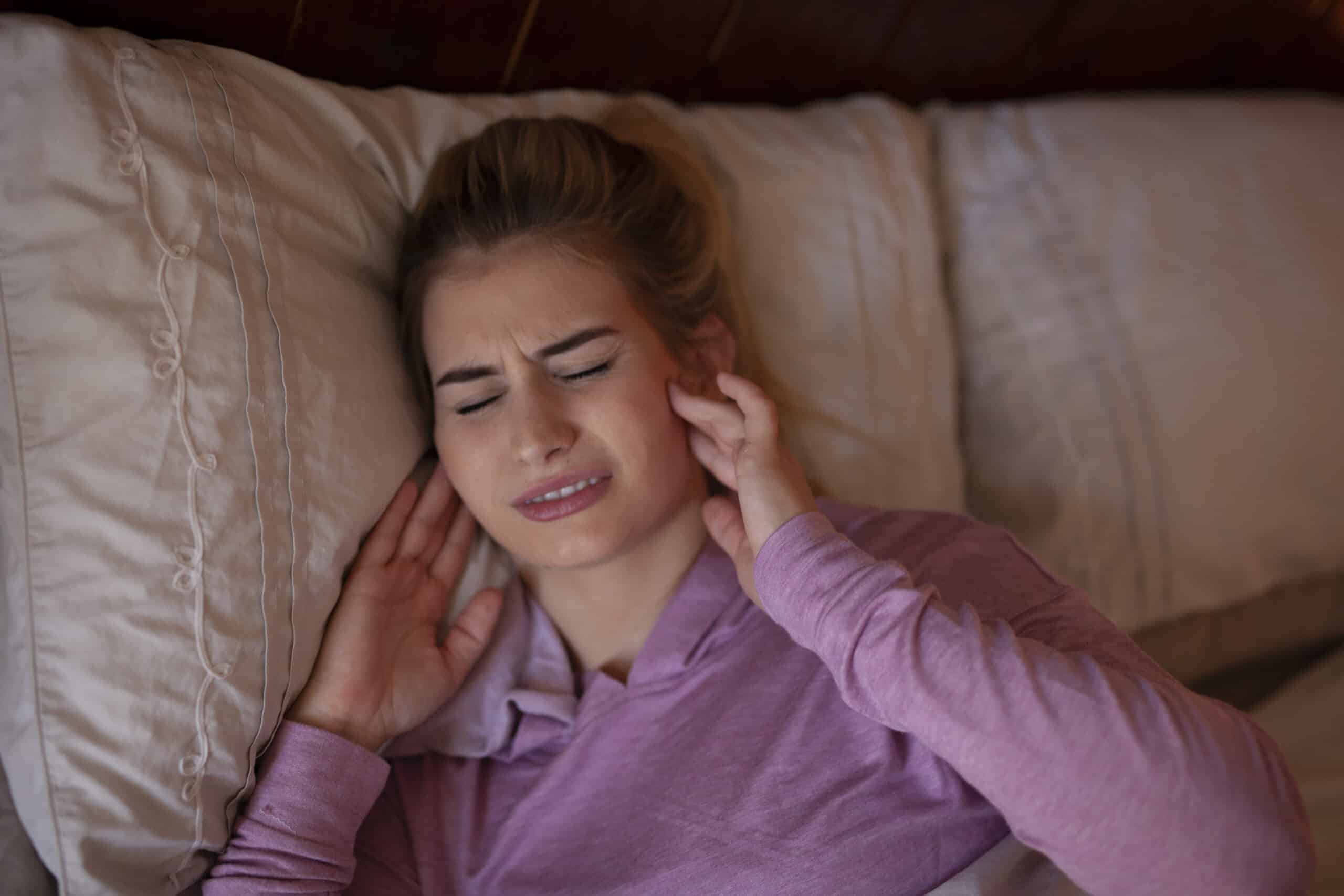If you have visited your dentist and were told that you have gum disease, they may have referred you to a periodontist without cleaning your teeth.
That may have you asking, “Can’t I just have a regular cleaning?”
Well, the short answer is “No” because a regular cleaning cannot clean the source of your gum disease and may actually cause more harm than good.
Regular Dental Cleanings
Regular dental cleanings, called a prophylaxis, involve removing deposits and bacteria from your tooth surfaces, mainly above the gum line and slightly below your gums. When you have healthy gums, the space between tooth and gum is slight.
But, when you have gum disease, the space between your tooth and gum is deeper, which cannot be cleaned, leaving harmful bacteria to continue to thrive under your gums.
The only way to thoroughly clean your teeth/gums when you have gum disease is through periodontal therapy, which may involve a ‘deep cleaning’ procedure called scaling & root planing.
Scaling & root planing allows your hygienist to clean the deeper areas under your gums. If only a regular cleaning were done in these areas, the leftover deposits and bacteria will cause progression of your disease.
As stated earlier, if you have gum disease and only get a regular cleaning, what is left under your gums will cause your disease to progress, sometimes more severely because the harmful bacteria essentially gets trapped under your gums after a shallow gum cleaning.
Gum Disease Risks
Untreated gum disease can result in damage to not only your teeth and supporting structures in your mouth, but can also negatively affect your health. As gum disease progresses, your risk of tooth loss rises.
Since gum disease is an infection, studies show links between gum disease and other health issues such as diabetes, heart disease, stroke, and certain types of cancer. So, making sure to thoroughly treat your disease is essential to avoid severe disease.
The Bottom Line
Depending on gum disease severity, they may refer you to a periodontist to evaluate your level of gum disease and explain treatment needs.
Your dental professionals want the best for you and your oral health. They know that a healthy-looking smile is great but healthy teeth and gums are vital. So, if your dental professionals tell you that they cannot do a regular cleaning because you have gum disease, they are giving you the best oral care information to help maintain your oral and overall health.
Contact our office if you have any questions!


